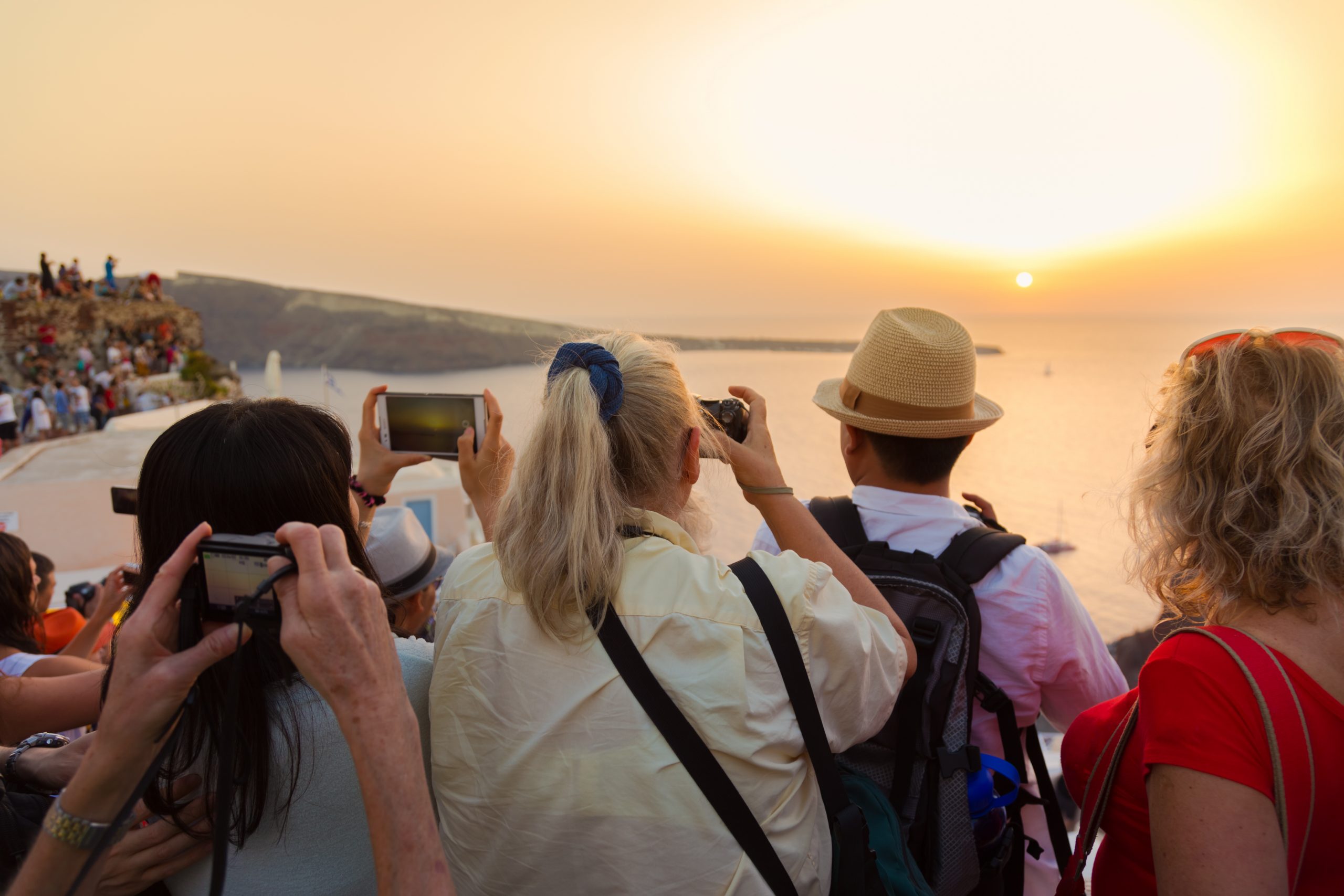The revaluation of a destination through the creation of new tourist attractions
The revaluation of a destination through the creation of new tourist attractions

Digital nomads: a new way of understanding work and travel
27/04/2023
Literary Tourism: Unlocking the Power of Words and Places
29/06/2023The revaluation of a destination through the creation of new tourist attractions

The World Tourism Organization defines “tourist destination” as “a physical space in which a visitor spends at least one night. It includes tourism products, such as support services, attractions and tourist resources in a radius that allows you to go and return in one day.
It has physical and administrative limits that define its management, images and perceptions that determine its competitiveness in the market. They incorporate diverse groups, often including the host community, and can establish links and networks with each other to form larger destinations.”
In this way, any municipality can be a destination by having accommodation and catering infrastructures for visitors who come to explore the points of interest that can be found there, which constitute the tourist products of the place.

Likewise, the tourist products offered by a destination can be natural such as beaches, lakes, mountains or forests, as well as cultural, such as different types of monuments or museums. It can also be of a gastronomic nature such as can be the wineries or areas of oil production.
While a destination may have the infrastructure, as well as the tourist products, due to the competitiveness in the market, it is sometimes not enough to make the tourist feel attracted to know the destination beyond its typical tourist products or to extend their stay in the place.
Therefore, on certain occasions, it is necessary to create new tourism products that enrich the destination’s offer and make the visitor plan a stay of more days and also invest more in the destination by making use of the accommodation and catering infrastructures.
These newly created tourism products also meet the typology described above: natural, cultural and/or gastronomic, although it is usually easier to create cultural and gastronomic products, although this does not mean that tourism products of a natural nature cannot be created.

In our country, perhaps the greatest example of this creation of new tourist products is found in the work of César Manrique, mainly on the island of Lanzarote. His works such as the Jameos del agua, the Mirador del Río or the Cactus Garden provided the island with new tourist attractions to attract travelers and provide it with points of interest apart from the typical primary sun and beach tourism offered by the island, as well as to make the visitor move around the island and discover its full potential.
Outside our borders and also closer to us in time is the WOW Porto project. In fact, WOW Porto is the perfect example, as this cultural district opened its doors in 2020 with the aim of revitalizing the municipality of Vila Nova de Gaia and providing it with more points of interest than the famous Port wine cellars.
The creator of WOW Porto, Adrian Bridge, conducted a study that revealed that the visitors who came to Gaia were tourists who had actually come to Porto and crossed the bridge that separates both municipalities to participate in one of the multiple Port wine tastings that take place in the wineries of Vila Nova de Gaia. These tourists, after taking some photos of Porto from this bank of the Douro, returned to the city to continue exploring it without turning their eyes towards Gaia, and sometimes even continued the trip without knowing that they had crossed into a different municipality, leaving Porto behind.
In addition, Adrian Bridge knows this fact firsthand, because within the Fladgate Partnership group to which WOW Porto belongs, there are also different Port wine cellars, the Barão Fladgate restaurant and The Yeatman Hotel which he also runs. This fact has allowed him to verify that Gaia is in the shadow of Porto, as far as tourism is concerned because other factors such as the number of inhabitants exceed that of Invicta City.
For this reason, Bridge decided to create a new tourist product in Vila Nova de Gaia so that the visitor who crossed the Douro River would stay longer in this municipality when visiting WOW Porto and even convince them to extend their stay in Porto, dedicating a day to the experiences offered by the Adrian Bridge project.
In this way, the planning of WOW Porto was carried out to provide Vila Nova de Gaia with a cultural district in the municipality that offers visitors 7 museums focused on publicizing the culture of Porto, especially the wine culture so present on the bank of the Douro where the district is located, but also the culture of Portugal, as in the experience of the cork or fashion museum that pays homage to the country’s cork and textile industry. In addition, being newly created museums, all of them incorporate new technologies and the latest museographic trends to make the visitor’s experience WOW, as the name of the project says.
Adrian Bridge in addition to the museums incorporated into his project up to 12 restaurants, bars and cafes with different gastronomic proposals that offer a range of food from typical Portuguese cuisine to more informal and vegan menus so that any visitor can find the restaurant that best suits their diet and extends the time of their visit in Gaia.
Likewise, in the creation of its tourist product, Bridge took into account the economy and the economic impact that tourism brings to the destinations. The museums included shops with typical Portuguese products, as well as a commercial gallery where shops of products made in Portugal have been installed so that visitors can familiarize themselves with the local trade in their visit to the district.
WOW Porto also hosts the Wine School which offers visitors the opportunity to learn more about the world of wine through tastings as well as through courses it offers WSET (Wine & Spirit Education Trust). In fact, this training is an important tourism factor that revalues the destination, because the public interested in these courses may consider doing the training in Gaia at the WOW Porto Wine School, while at the same time receiving training in the subject known to the destination.
In this way, WOW Porto is the perfect example of creating a new tourism product that revalues the destination where it has been established, providing culture, gastronomy, leisure and even training to attract different profiles of travel.
Irene Verde
PR Team


 All the news
All the news  Back to newsroom
Back to newsroom

